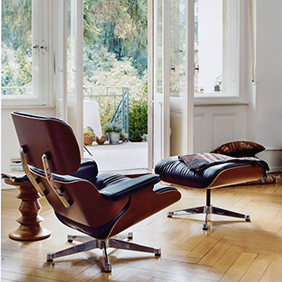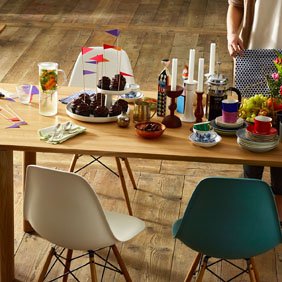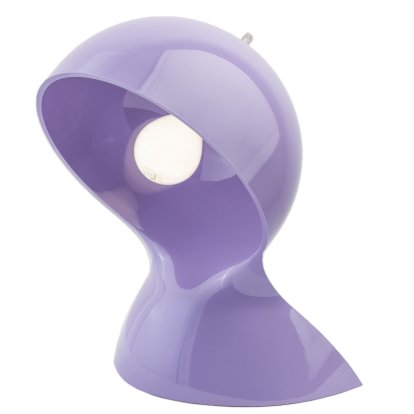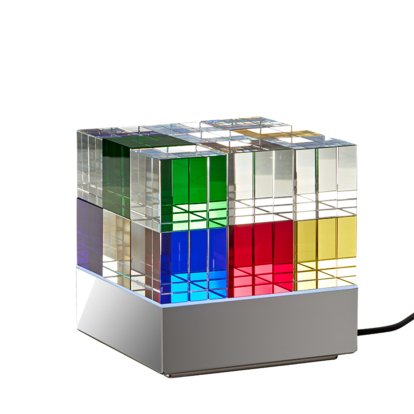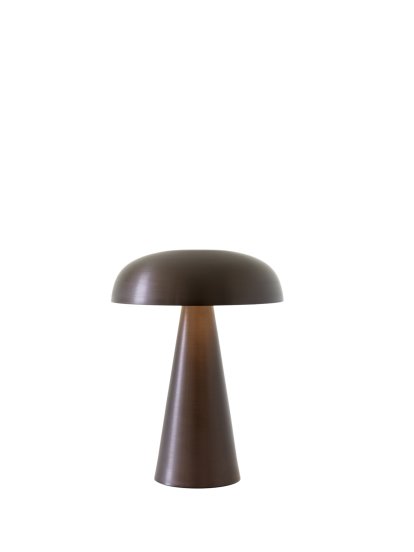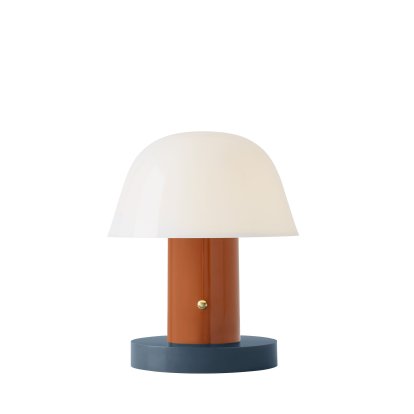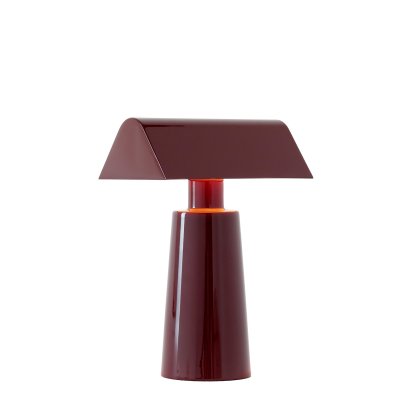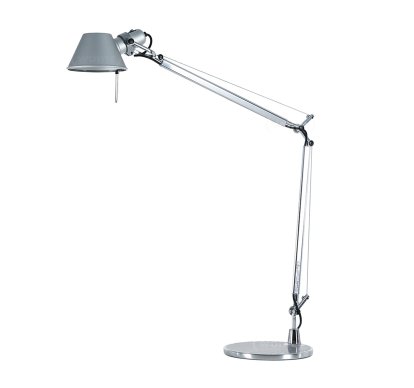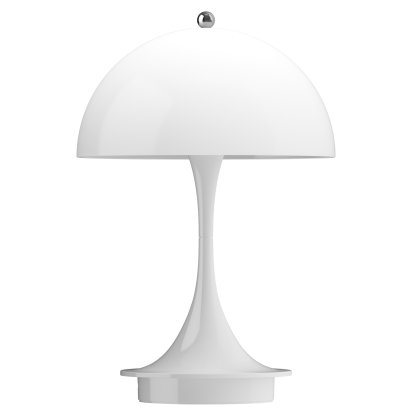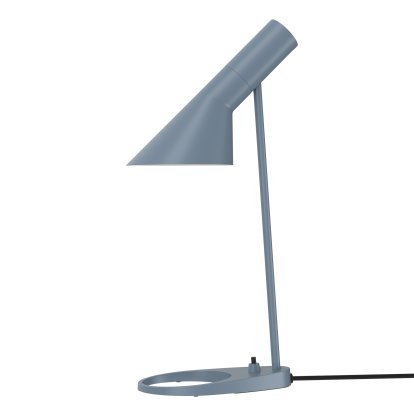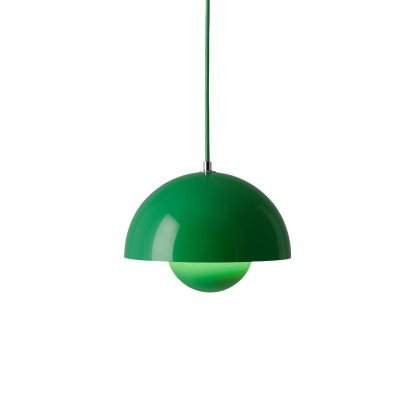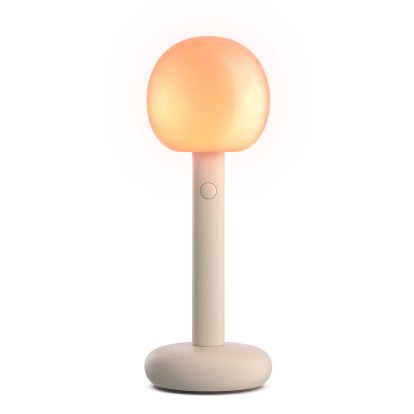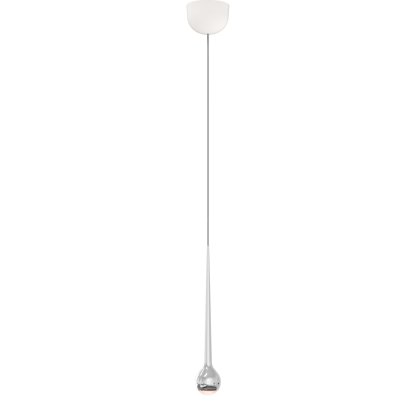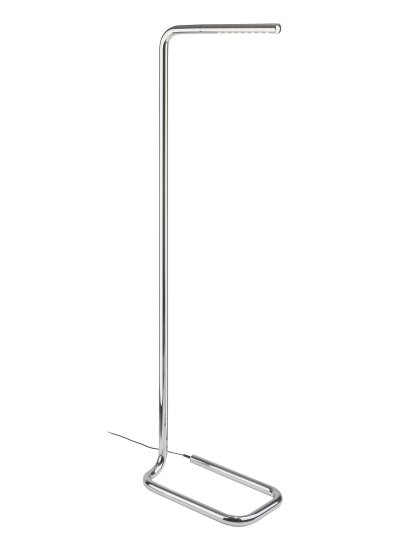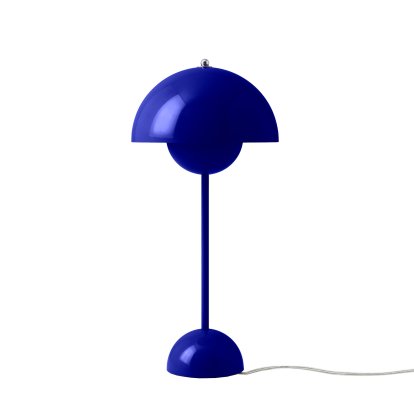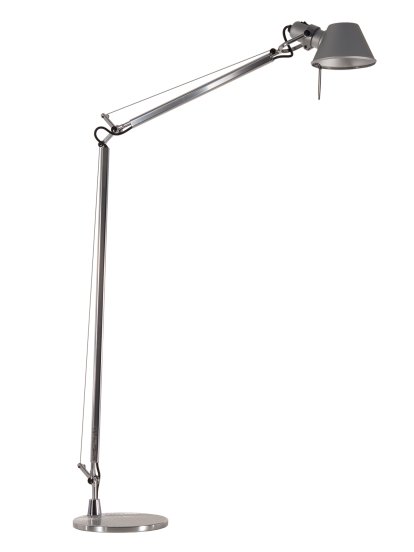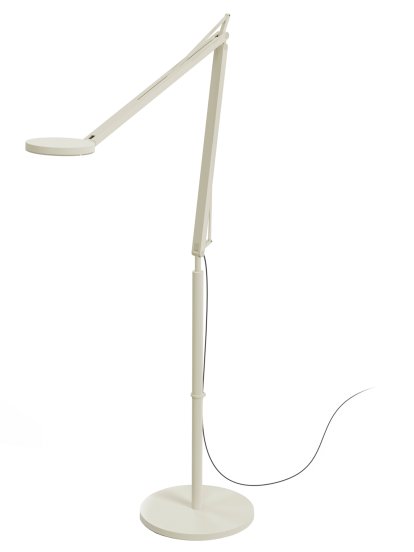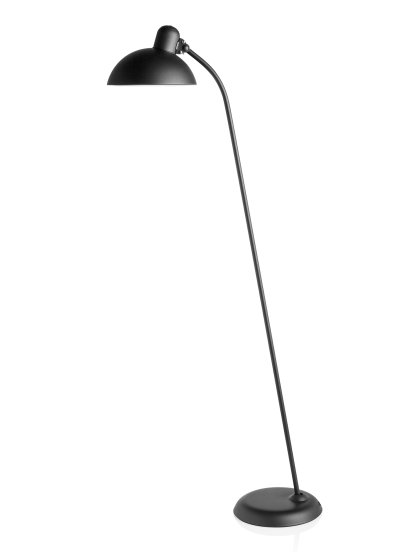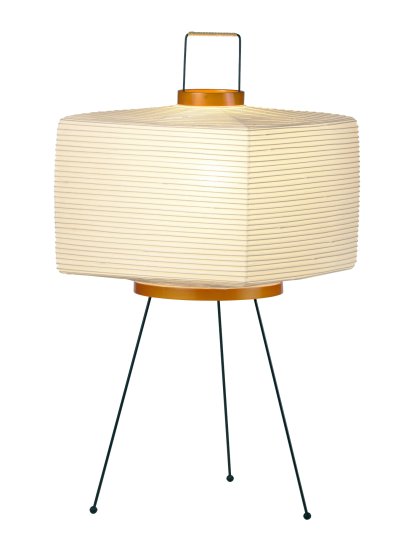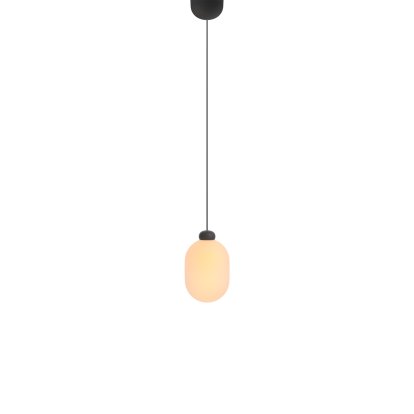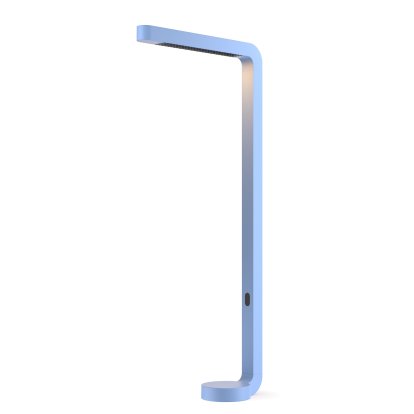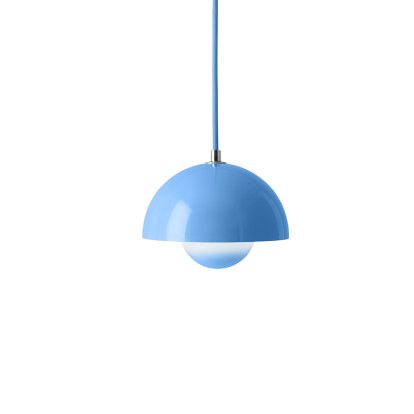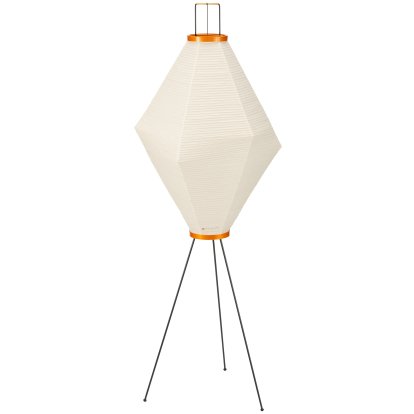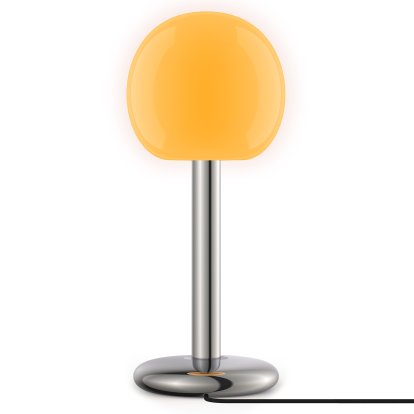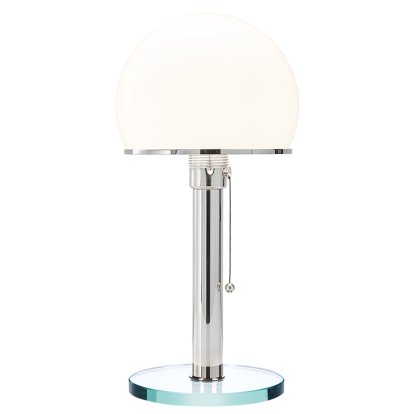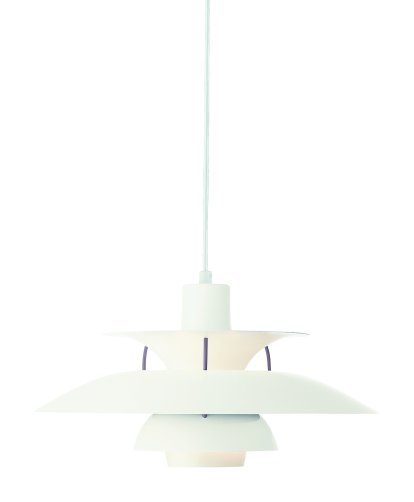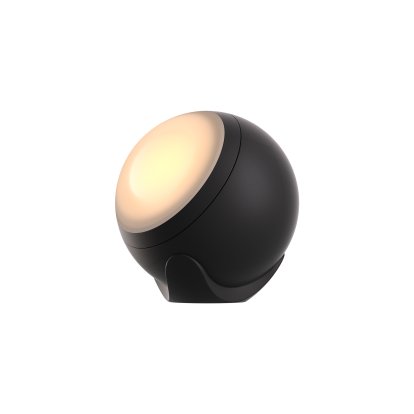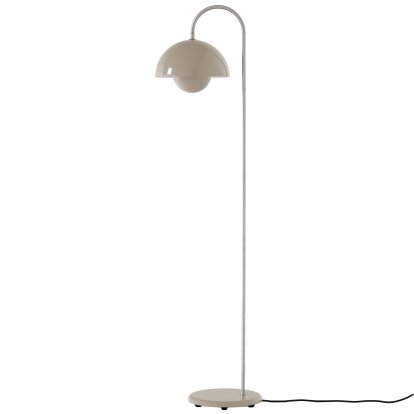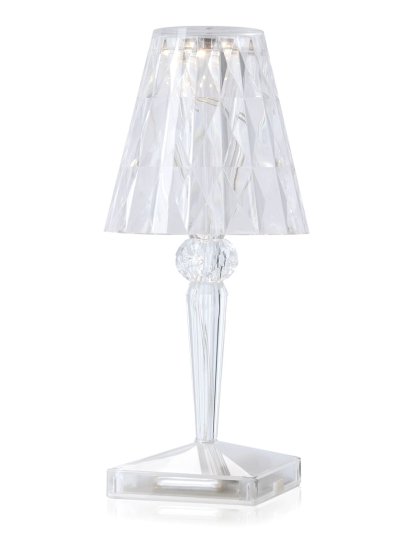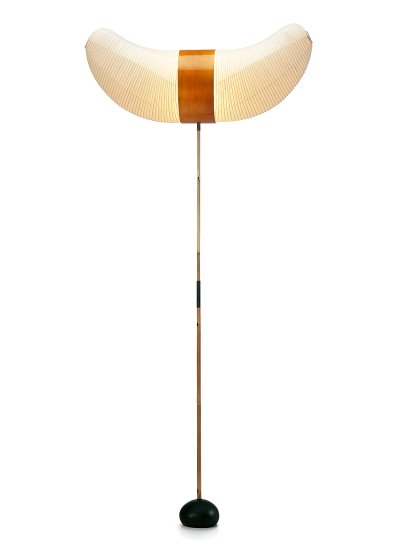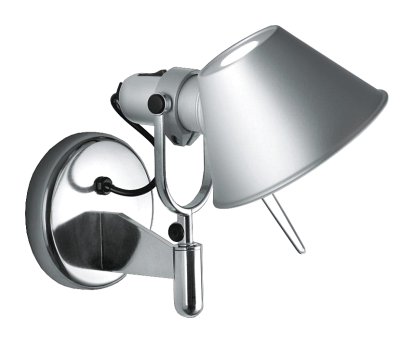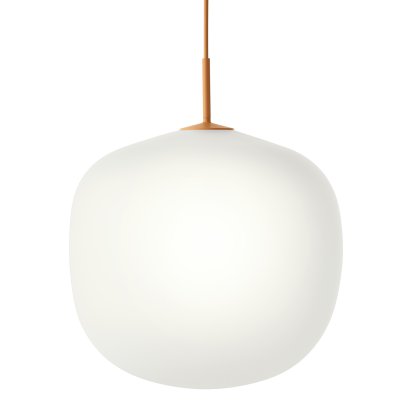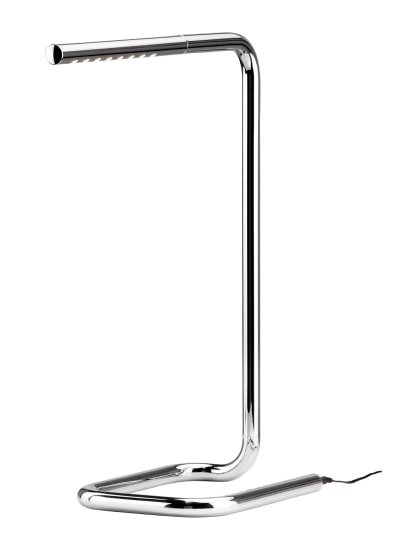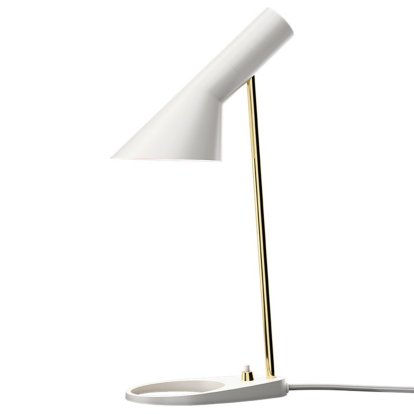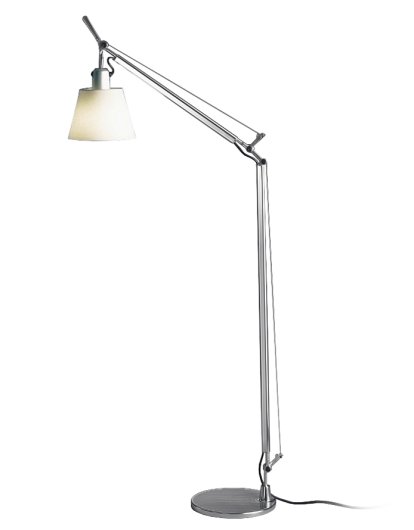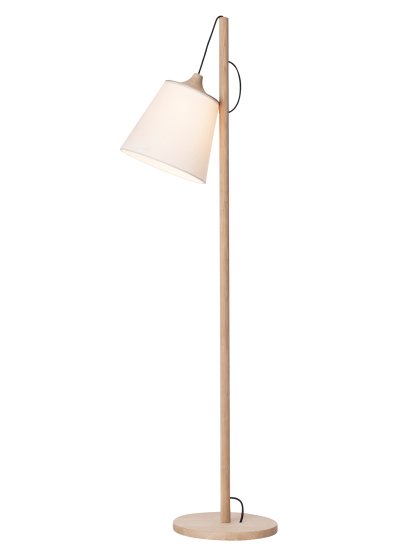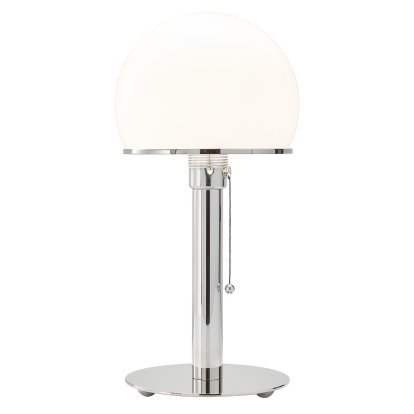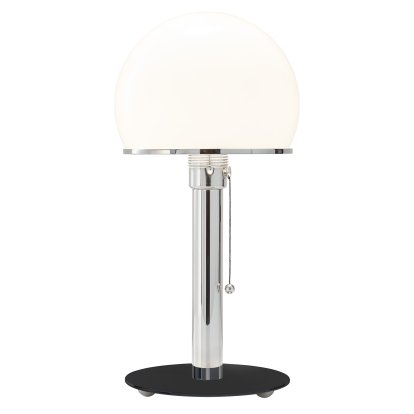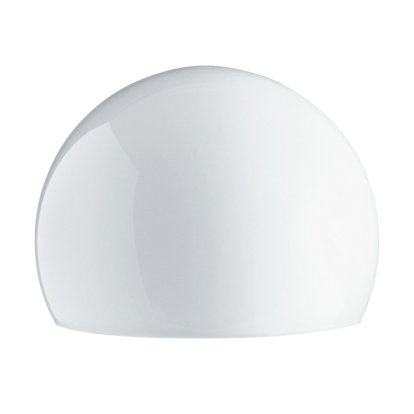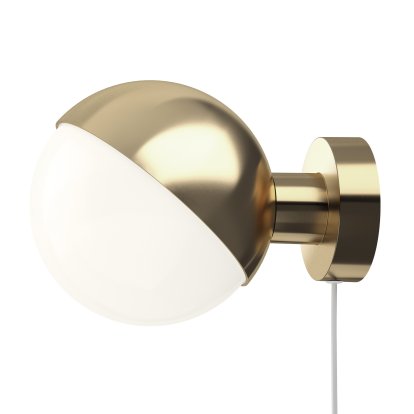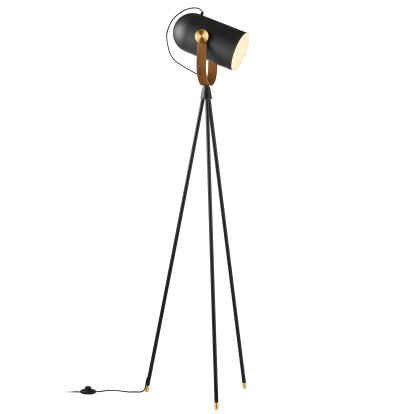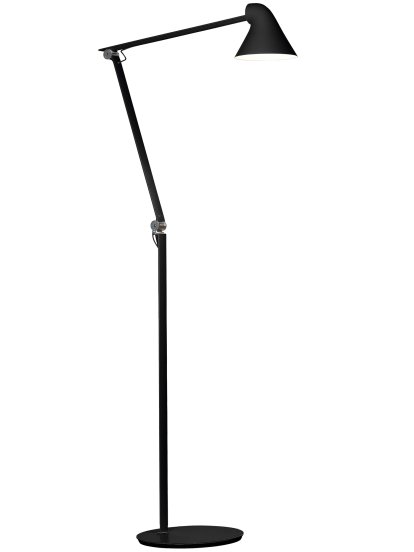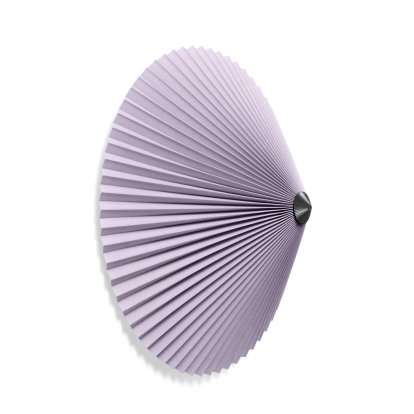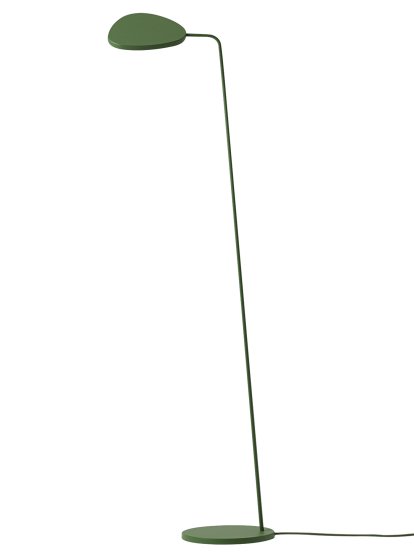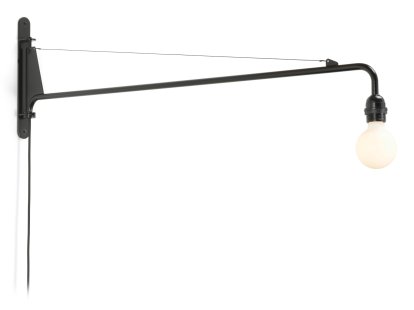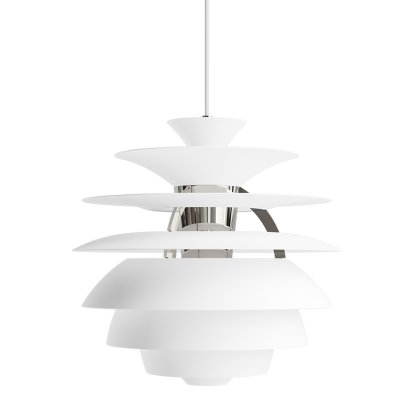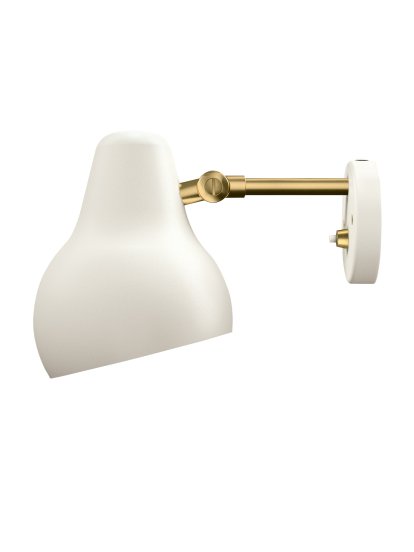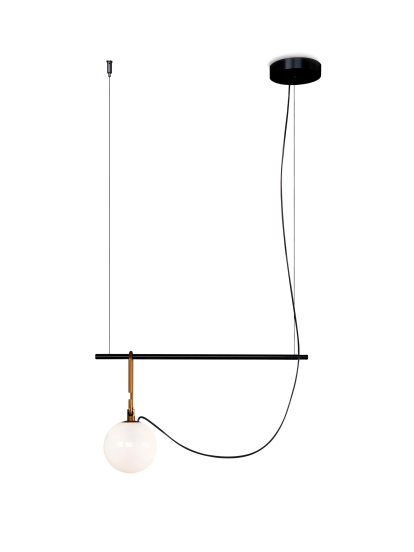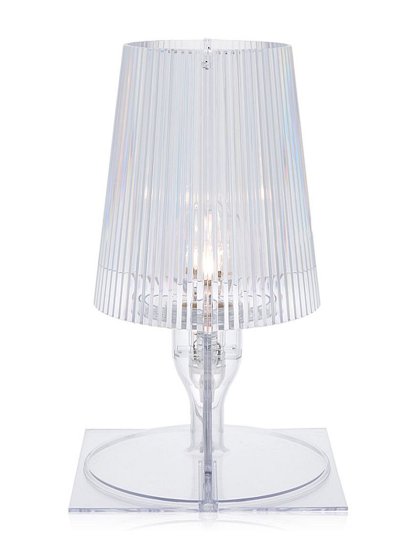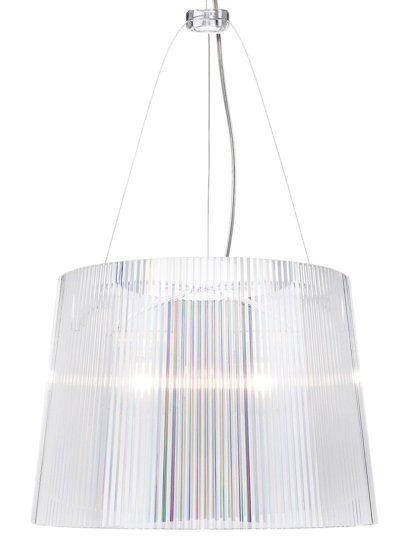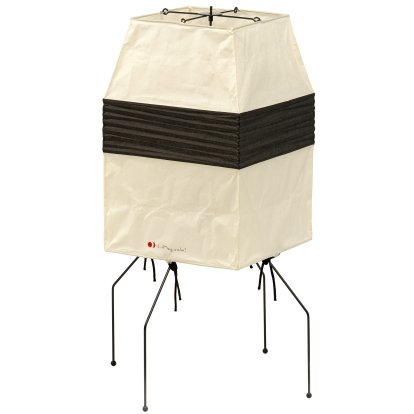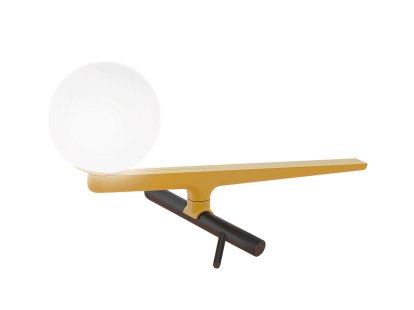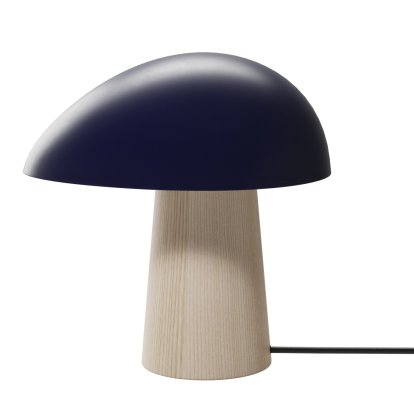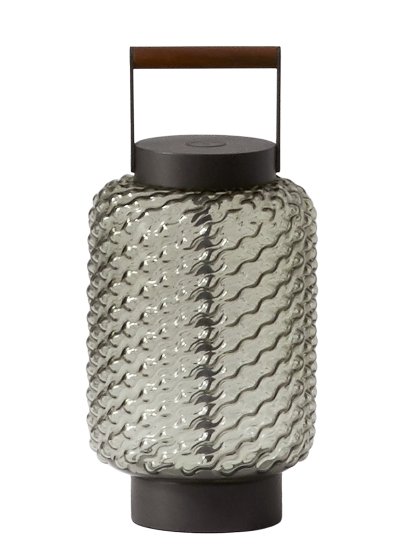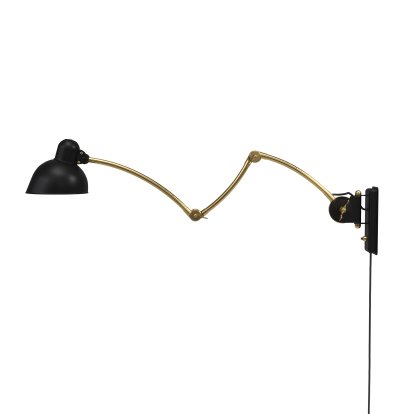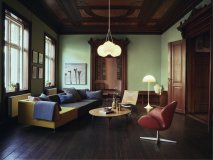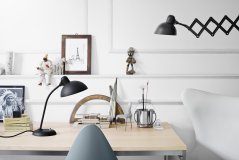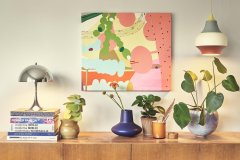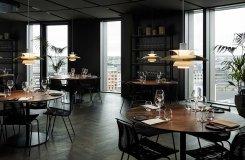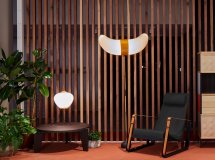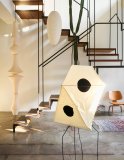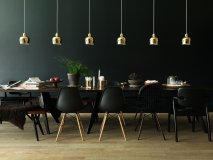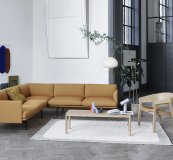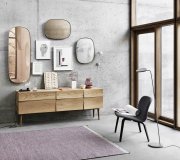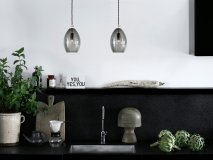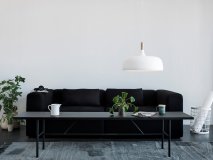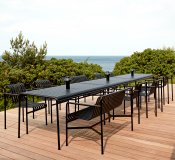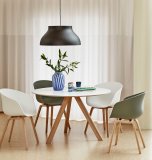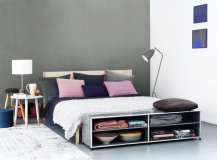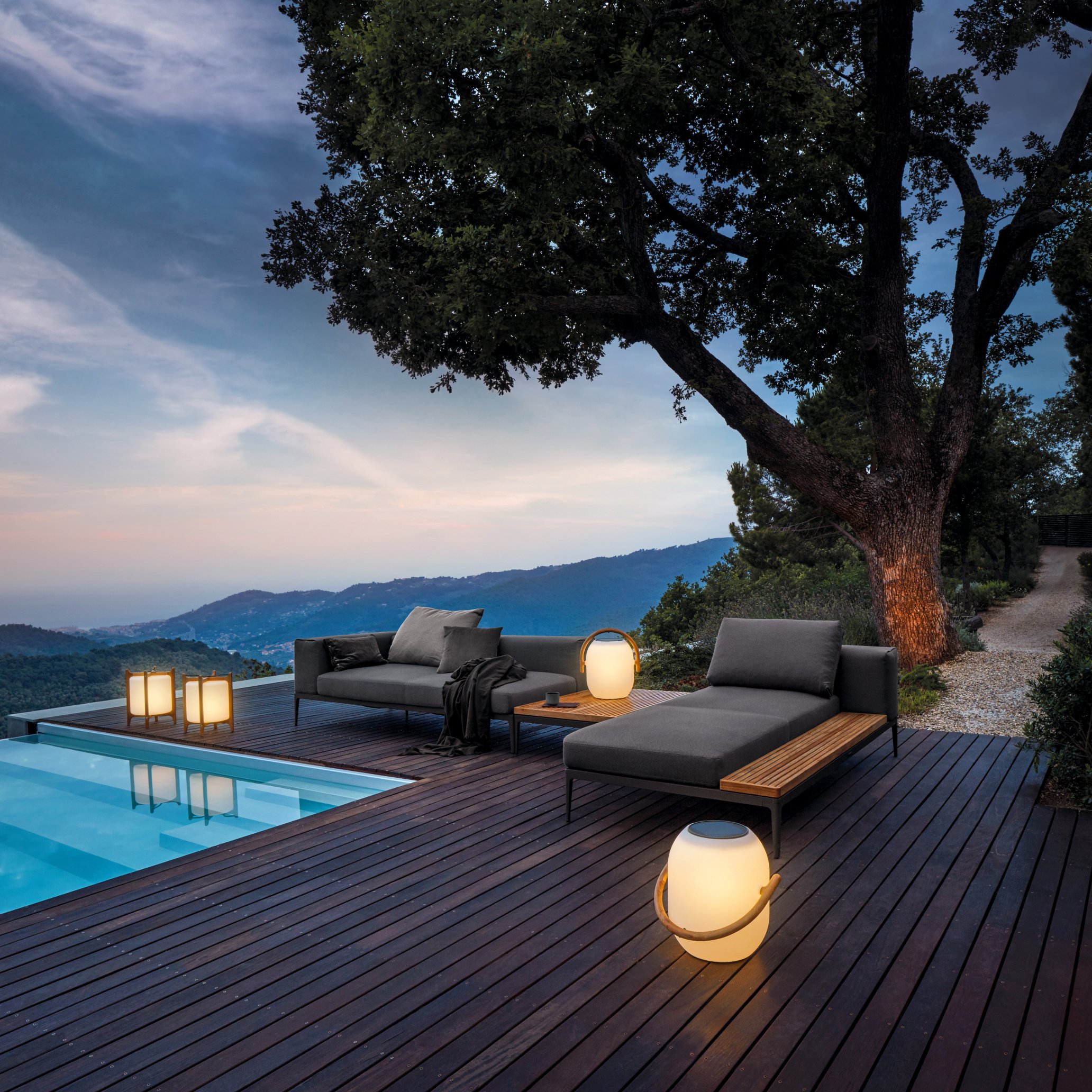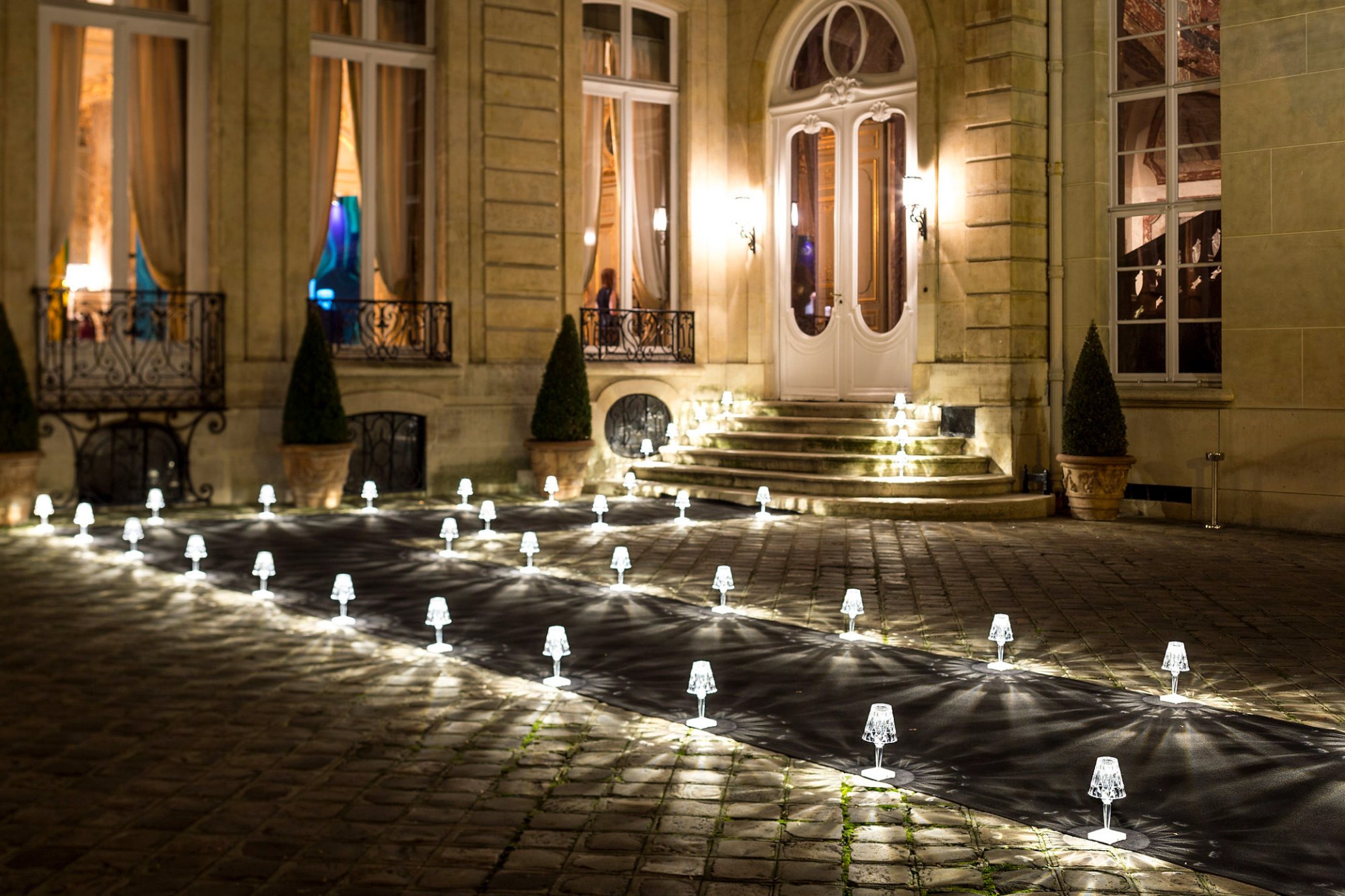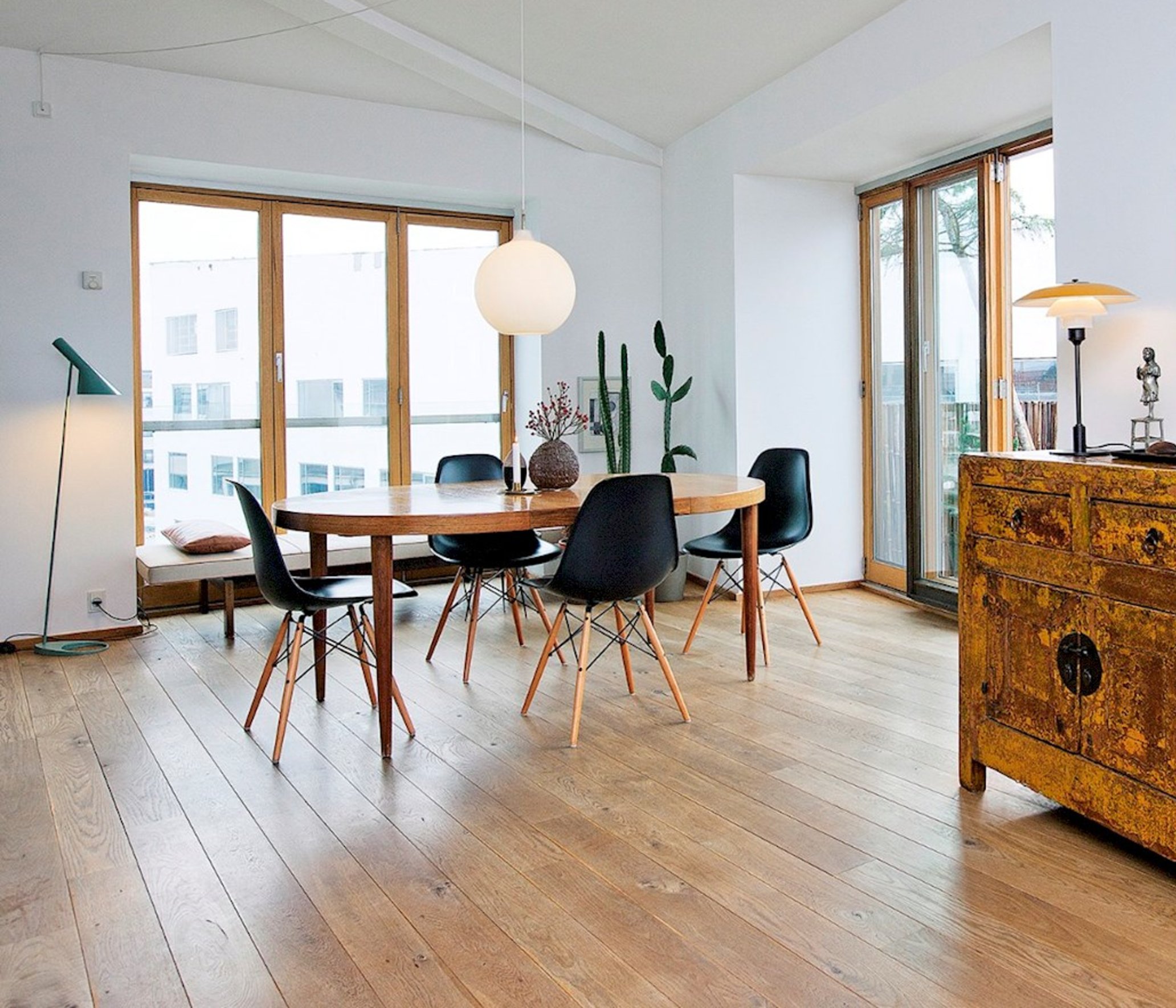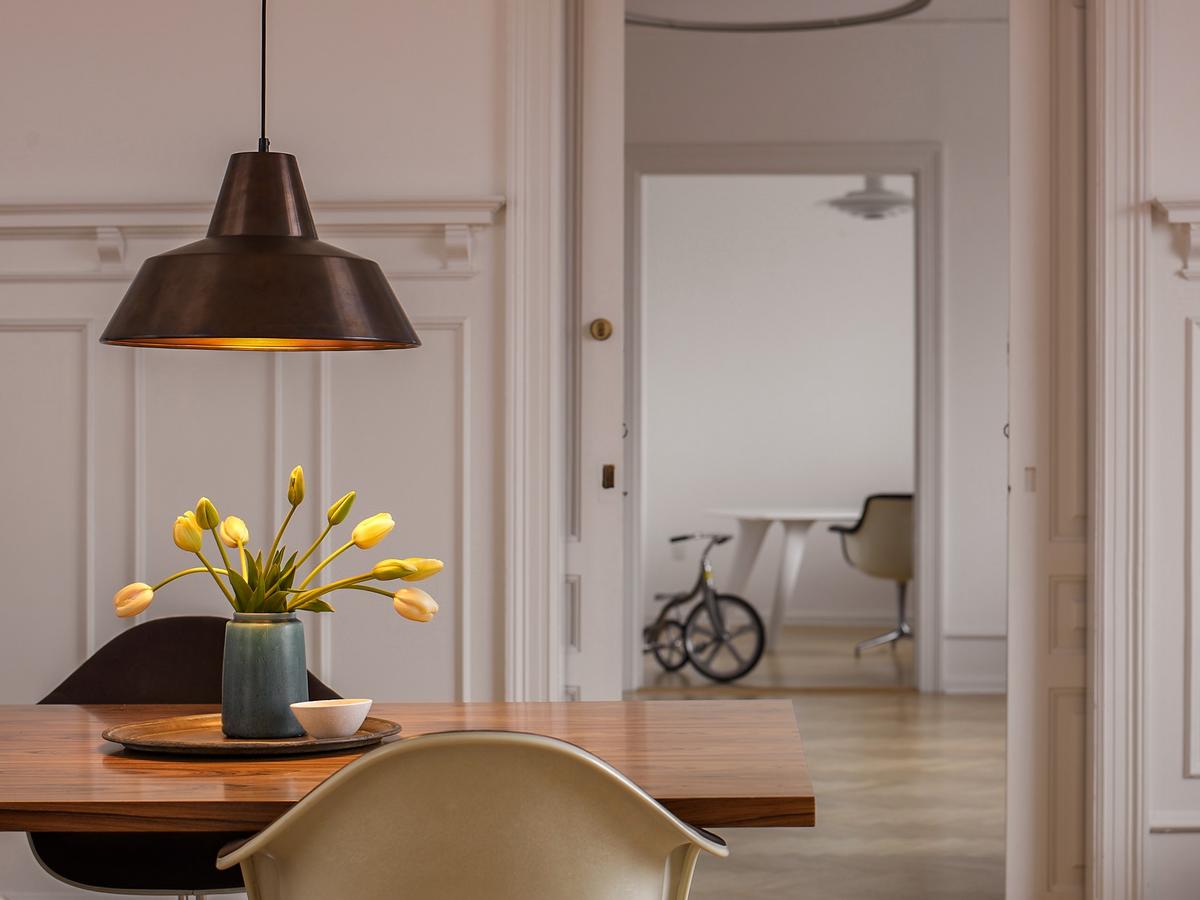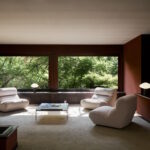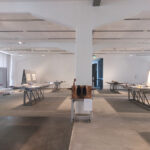The perfect atmosphere thanks to appropriate lamp design
Even with selecting an appropriate house or office light plays an important role: the number of windows, their size and orientation. So it is no wonder that the lighting should also have a special importance in terms of interiors. Of particular importance in determining the optimal choice of light and lighting is the intended function of the space: in public places, work rooms and corridors, for example, one usually requires a uniform background luminescence, such as that provided by correctly spaced wall lights, hanging lamps or ceiling lights. Workstations need to be equipped with an appropriate desk lamp; while with domestic areas, kitchens and living rooms, the room for variation and individuality. Various pendant-lamps, floor and reading lamps are available which create a limitless range of personal lighting solutions.
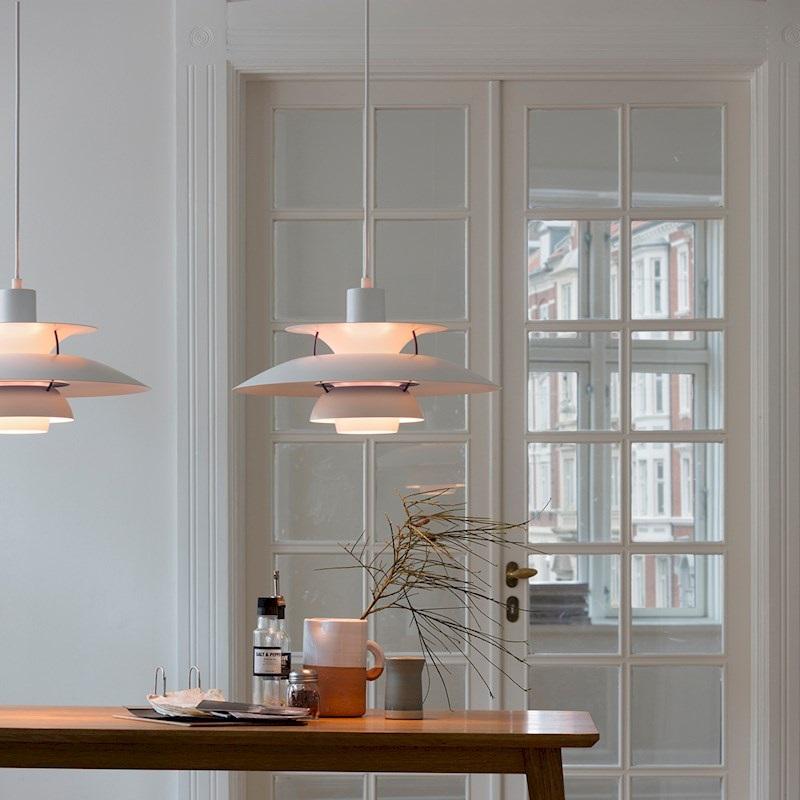
Design classic PH 5 from Louis Poulsen
Lamps as stylish reading aids or personal highlights
Floor lamps not only provide the appropriate lighting for reading or for relaxing, but objects such as the elegant Tolomeo Mega Terra also set a clear aesthetic accent. Or the AJ floor lamp, an undisputed classic among floor lamps is perfect for reading but thanks to the sophistication of its design also creates a distinctive decorative impression. In addition to decorative effect a good design lamp can also be therapeutic: the Akari Table lamps, for example, provide, thanks to their variously formed paper shades for a warm, even, harmonious light, while the Kartell Bourgie could easily pass for a decorative sculpture. And soothes accordingly.
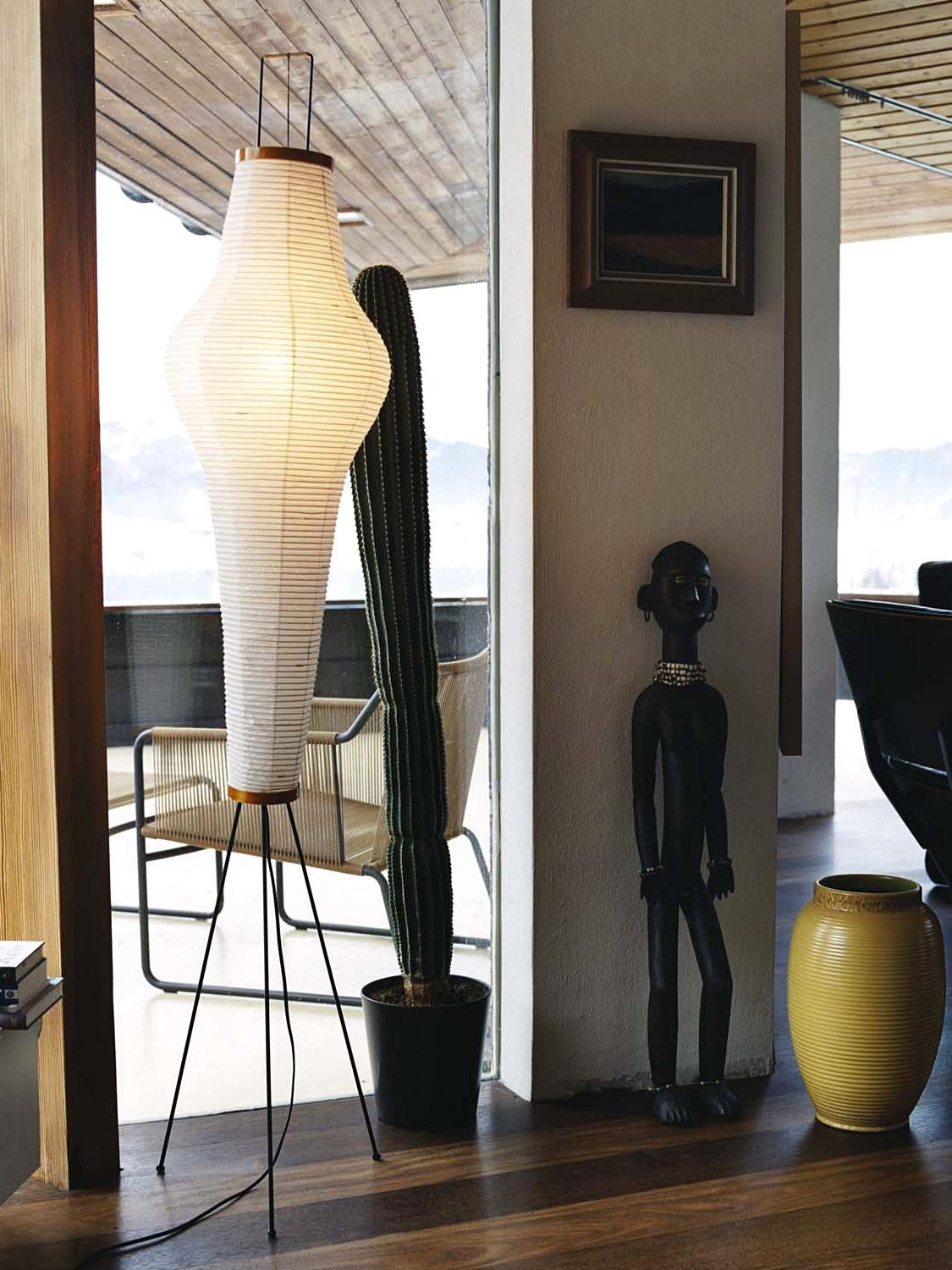
The Akari 14A lamp by designer Isamu Noguchi
LEDs, Energy Saving Bulbs & Co.
For decades, the classic incandescent lamp stood virtually unchallenged in the lighting market. Today, however, and largely on account of their high energy consumption, they have been succeeded by a whole host of alternative light sources such as LEDs, energy saving and halogen bulbs. These bulbs are characterised by a significantly increased energy efficiency, which not only reduces the CO2 emissions, but also saves users money in the longer term. With the newer light sources energy value alone are no longer sufficient to conclude on the brightness of a particular bulb: alternative bulbs produce, for example, more light for the same wattage as conventional light bulbs. Similarly, when it comes to the performance of a light bulb, important is no longer the Watt rating, but the lumens (lm). The lumens indicate the actual brightness of a light source, that is, the amount of light that emitted. Information about the colour temperature of a light source can be obtained by the Kelvin specification. The lower the Kelvin, the warmer, the more yellow the light - at high Kelvin values, the light is bluish and corresponds more to the daylight.
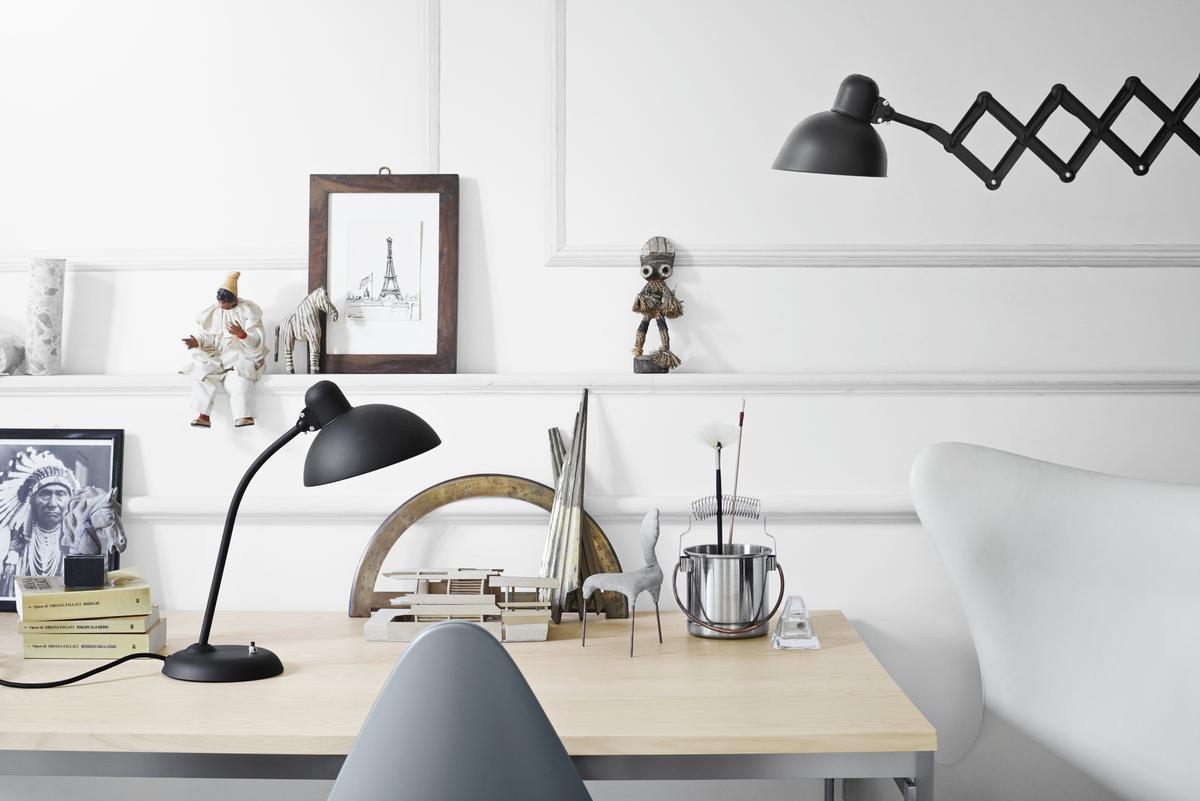
Kaiser Idell lamp from Fritz Hansen
Ceiling lights - From individually and playful to simple and neutral
The choice of materials, colours and shapes of wall, ceiling and pendant lamps is almost limitless, and is a range that in context of the smow catalogue spans almost a complete century of design history and which thus reflects the different genres and styles of the periods. For a cosy, individual and exceptionally stylish atmosphere amongst the Design Classics one finds, for example, the PH 5 pendant lamp from Louis Poulsen, or the extravagant PH Artichoke ceiling light from the same manufacturer. Alternatively the futuristic Mesmeri wall lamp from Artemide with its contrast of powerful halogen lamps, and simple, neutral design enlivens any public spaces, corridors or offices with its uniform, glare-free luminescence.
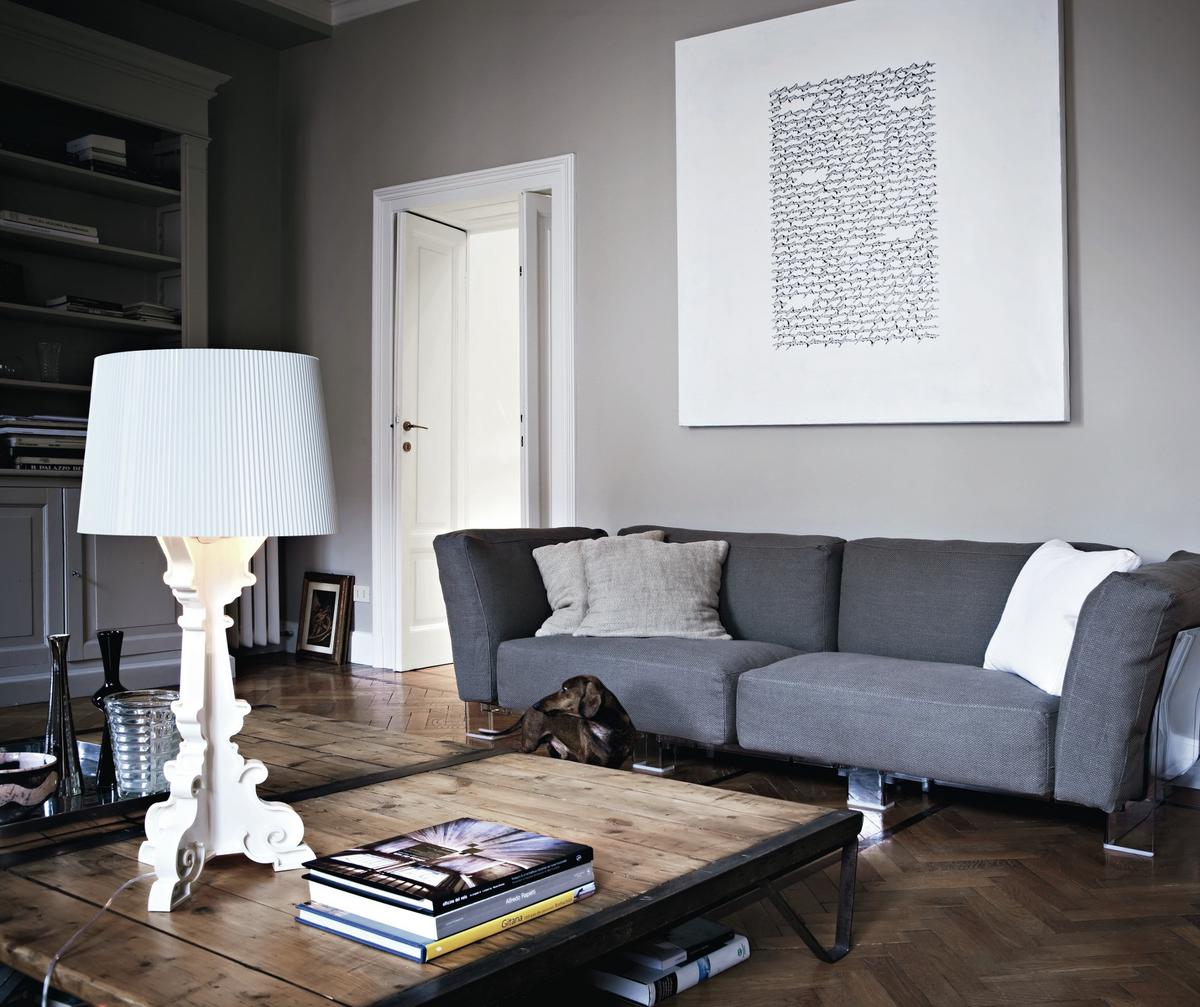
Bourgie from Kartell - art or lamp?
A class of their own: the desk lamp
A special case among the table lamps are the desk lamps, a genre of lighting for which special functional demands exist: it should be flexible in its positioning while emitting a consistent, purposeful light. Despite these apparent limitations the choice of desk lamps is large: the Artemide Tolomeo Tavolo desk lamp has long since proven itself as a stylish, functional and above all affordable solution. In, literally, playful contrast comes Paul Smith Edition of Anglepoise Type 75, a desk lamp in a very special, fashion concious colour scheme.
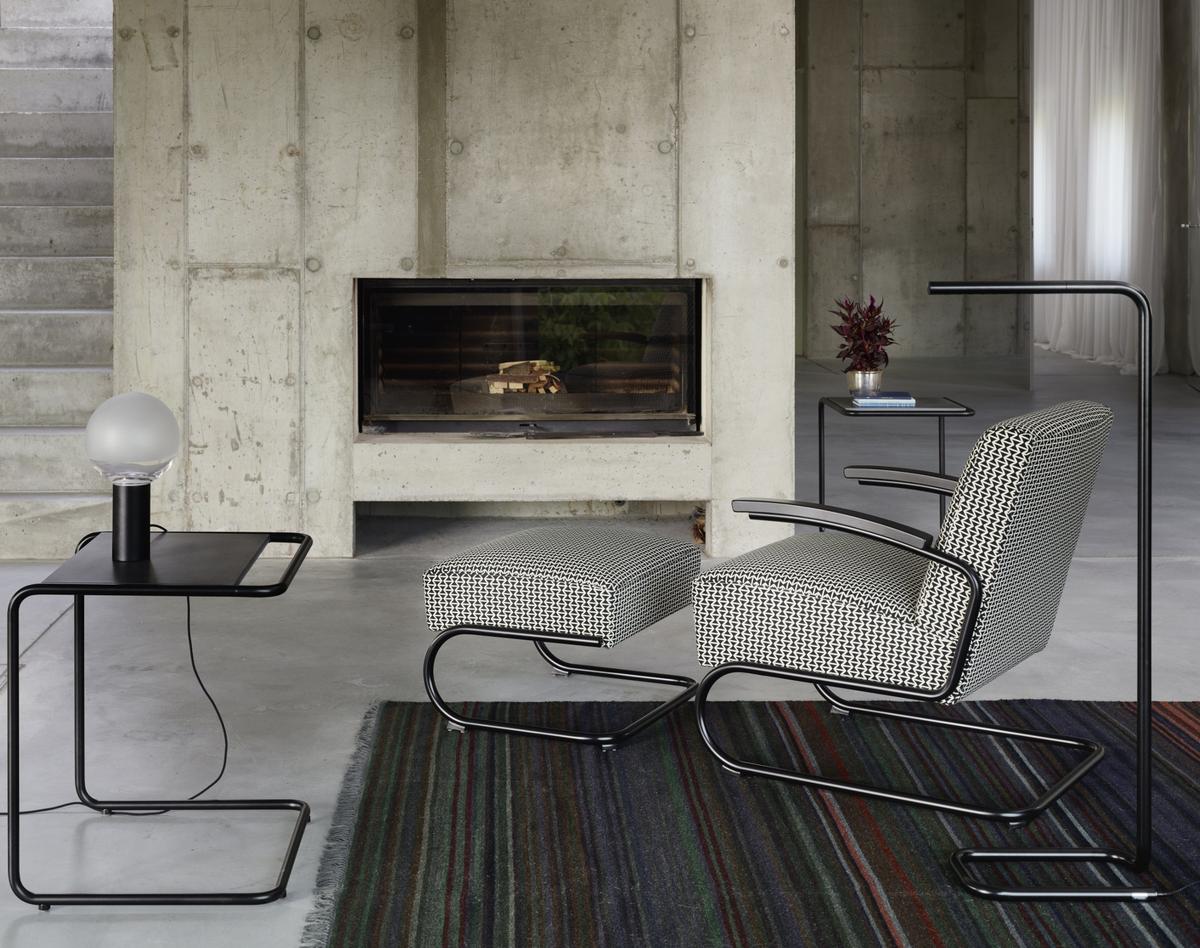
Minimalist LED lamp LUM from Thonet
Revolutionary designs thanks to innovative technology
New technologies in the field of light bulbs not only reduce energy consumption, but also provide completely new possibilities in lighting design. In the age of the light bulb, the design always had to be based on the comparatively large light source and, in addition, had to be designed in such a way that the light bulb - which unlike the other components, only has a short life - could be easily replaced. Contemporary light sources are much more durable and no longer dependent on size and energy conversion in context of their brightness. This particularly concerns LEDs, the light-emitting diodes. These innovative bulbs are extremely bright with low power consumption and are very small. In addition, LEDs have very long active lifetimes and can therefore be permanently installed. Minimalist designs as the Thonet LUM were only made possible by the LED technology: the floor lamp consists of a single, narrow, bent metal rod, into which numerous LEDs have been embedded.


